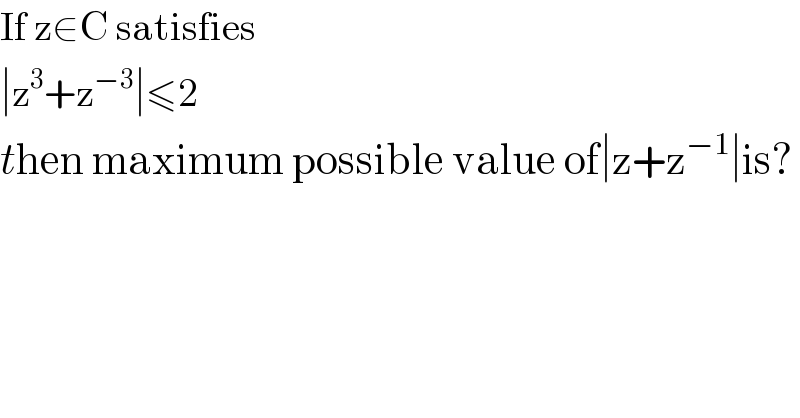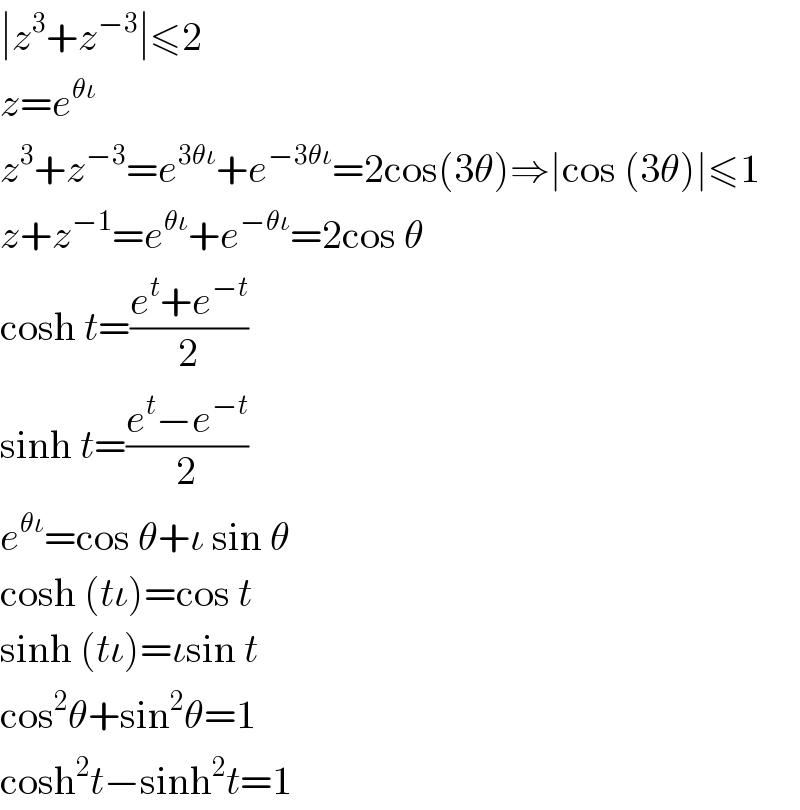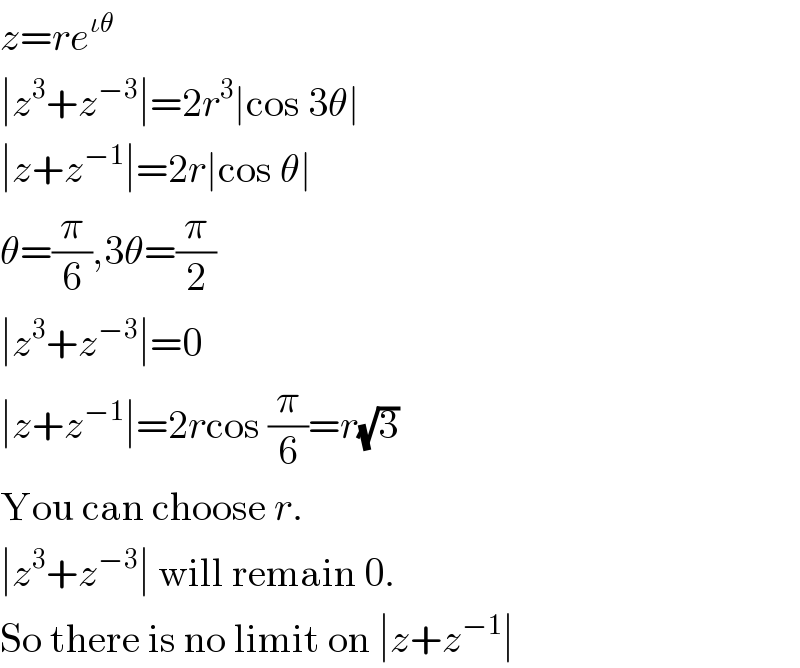
Question and Answers Forum
Question Number 8721 by swapnil last updated on 24/Oct/16

Commented by 123456 last updated on 24/Oct/16

Commented by prakash jain last updated on 24/Oct/16

| ||
Question and Answers Forum | ||
Question Number 8721 by swapnil last updated on 24/Oct/16 | ||
 | ||
Commented by 123456 last updated on 24/Oct/16 | ||
 | ||
Commented by prakash jain last updated on 24/Oct/16 | ||
 | ||